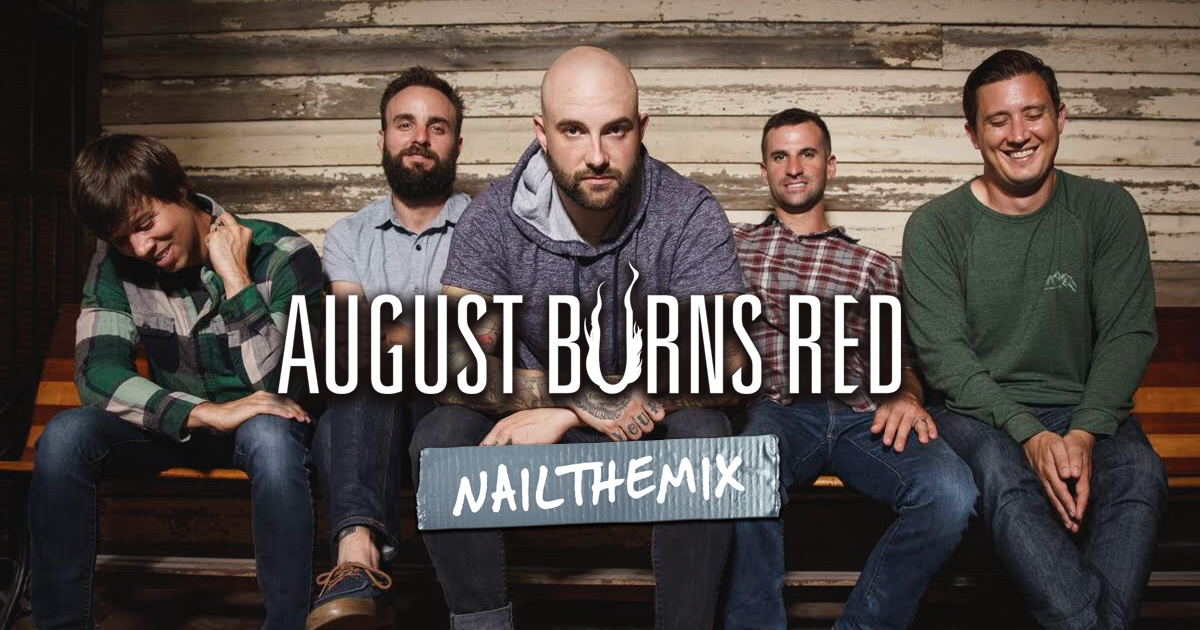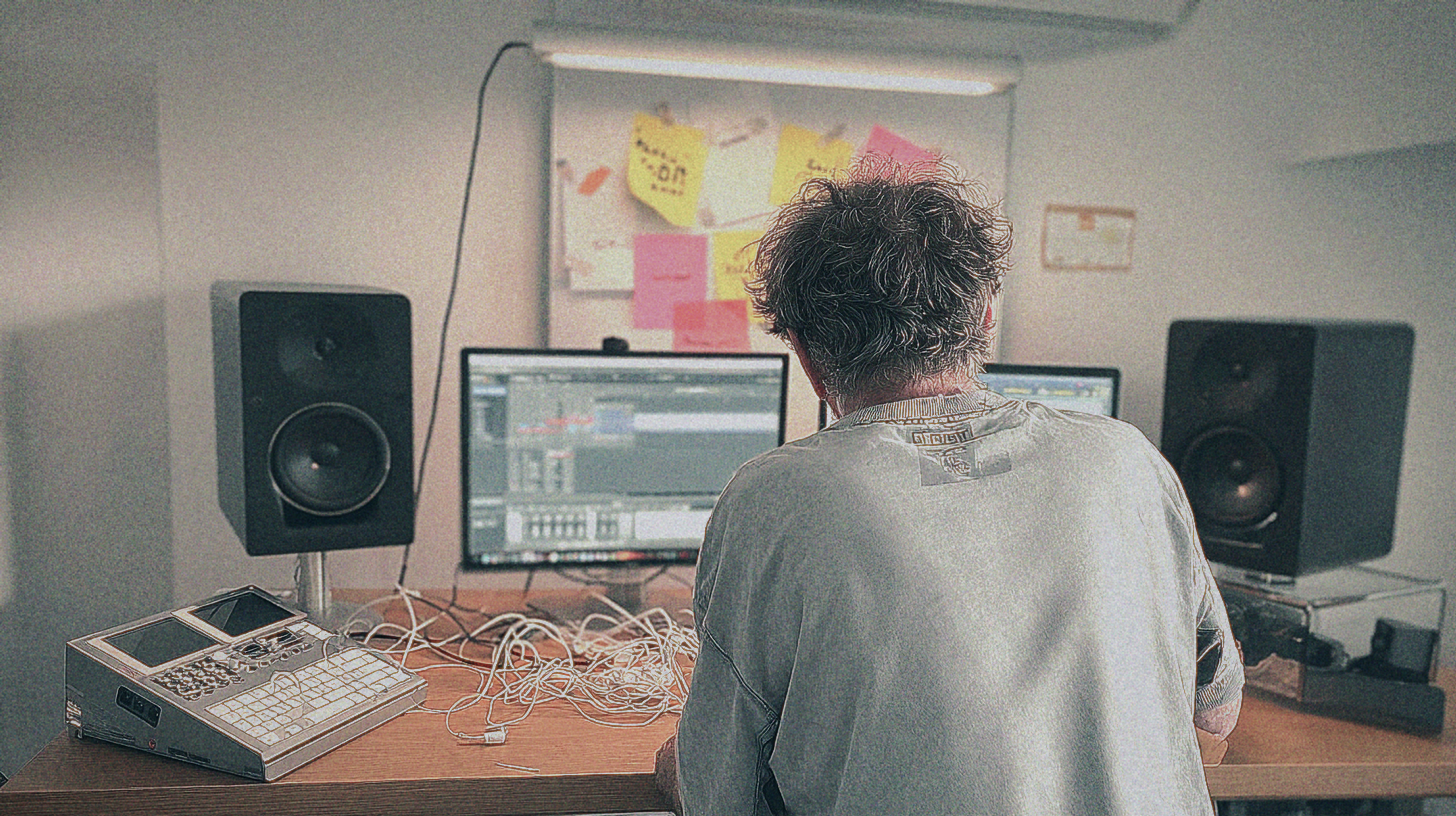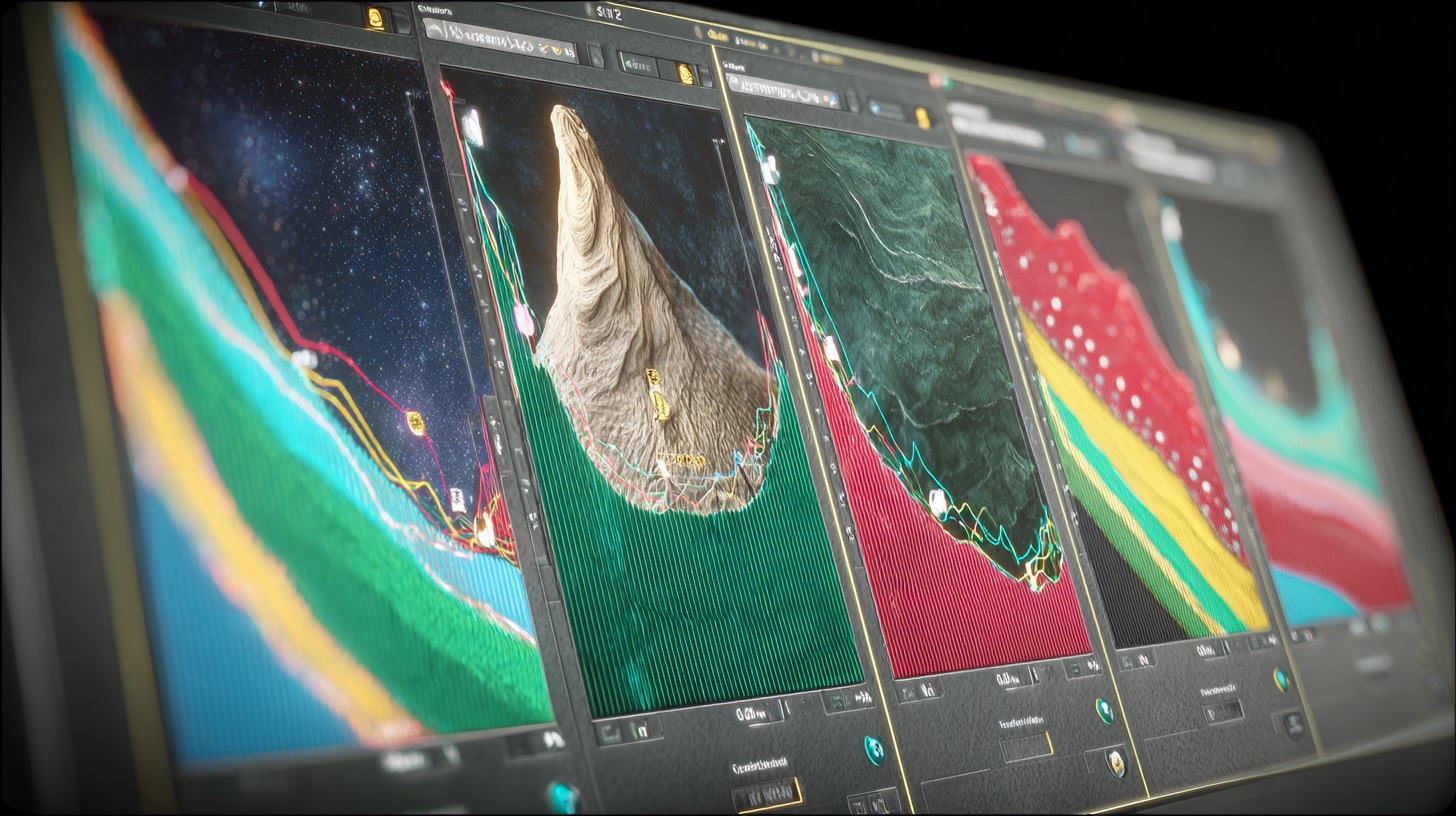
Dialing In Huge August Burns Red Vocals w/ Carson Slovak
Nail The Mix Staff
Getting a vocal to sit perfectly upfront in a dense metal mix is a massive challenge. When you’ve got a wall of down-tuned guitars, pounding drums, and a thunderous bass, making a screamed vocal cut through without sounding thin or harsh is an art form. We got an inside look at how producer/mixer Carson Slovak tackles this exact problem on a track for metalcore giants August Burns Red.
Forget vague concepts; this is a step-by-step breakdown of a pro vocal chain you can apply to your own mixes. Let’s dive into the plugins and techniques Carson uses to get that signature ABR vocal power.
Laying the Foundation: Aggressive Vocal Compression
Before any creative EQ or saturation, the first job is control. In a loud, dynamic metal arrangement, a vocal’s level can jump all over the place. The solution? Heavy compression. Carson starts by clamping down on the vocal track hard. The goal isn’t subtlety; it’s about creating a solid, consistent signal that can sit steadily on top of the instrumental bed. By reining in the peaks and bringing up the quieter parts, the vocal becomes a predictable element you can build the rest of your vocal processing around. This is a foundational step in modern metal compression that ensures the vocal never gets lost.
Carving Space and Adding Air with EQ
With the dynamics under control, it’s time to shape the tone. Carson reaches for the Softube Active Equalizer to make some key moves that both clean up the vocal and help it shine.
Cleaning Up the Lows
First, he addresses the low-end mud. He carves out a chunk of frequencies around the 100Hz area. Why? That zone is already crowded with low-end information from the bass guitar and kick drum. Removing it from the vocal prevents unnecessary clutter and frequency clashes, giving every element its own space. To tighten it up further, he engages a high-pass filter, rolling everything off below 80Hz.
Adding High-End Sizzle
Next, it’s time for an additive move to give the vocal some life. Carson applies a significant boost of 4-6 dB at 15kHz. This injects a ton of “air” and presence into the scream, helping it slice through the mix and adding to the sibilance and articulation. This is a classic trick for getting vocals to feel present and high-fidelity. These targeted EQ strategies are crucial for crafting a vocal that sounds polished, not raw.
After these initial EQ moves, Carson notices the vocal bus is clipping. In a simple but vital gain-staging move, he pulls the group fader down a bit to ensure a clean signal path for the next stages of processing.
Injecting Grit with Parallel Distortion
A clean, controlled vocal is good, but a metal vocal needs to be aggressive. For this, Carson turns to a favorite tool for adding attitude: the Soundtoys Decapitator.
Here’s the killer trick: instead of just inserting the plugin and dialing in some distortion, he uses it in parallel.
- Start with a Preset: He pulls up the “Classic Rock Vocals 2” preset as a starting point.
- Go Over the Top: Then, he does something that might seem crazy—he hits the “Punish” button, pushing the distortion into extreme territory.
- Blend to Taste: The secret is the mix knob. By blending this heavily distorted signal back in with the dry vocal, he can add all the grit, harmonics, and intensity he wants without completely destroying the original performance. It gives the vocal “teeth” and helps it feel more intense and powerful, a perfect match for the music.
The All-In-One Powerhouse: Waves CLA Vocals
Next up is the Waves CLA Vocals plugin. While some engineers shy away from all-in-one plugins, pros know they can be killer-sounding, fast tools. Carson uses the “ZUL” preset, which instantly applies a beneficial EQ curve designed by Chris Lord-Alge himself.
But it’s not just about the EQ. He also uses the plugin’s built-in effects to add space and dimension. By dialing in the “Tight” reverb and “Slap” delay, he gives the vocal a sense of ambience that helps it sit in the mix, rather than just on top of it. A small boost to the “Bite” fader enhances the high-mid clarity even further. It’s a quick way to add multiple layers of polish and character with a single plugin.
Taming the Hype with a De-Esser
Remember that big 15kHz boost from earlier? All that added “air” can also create harsh sibilance—those piercing “s” and “sh” sounds. To control this, Carson inserts a Waves DeEsser.
Using the “Mail DSHF” preset as a go-to starting point, he tames those harsh frequencies without making the vocal sound dull. A great pro tip he demonstrates is looping a particularly sibilant section of the vocal over and over. This makes it much easier to hear exactly what the de-esser is doing and dial in the threshold perfectly.
The Final Polish: A Touch of Finishing EQ
After all that processing—compression, EQ, distortion, and effects—the vocal has a ton of character, but it might be a little rough around the edges. For the final touch, Carson uses a clean EQ (like the FabFilter Pro-Q) to gently take a bit of the edge off the extreme lows and highs that have been hyped up along the way. This isn’t a dramatic surgical move; it’s a broad, gentle shaping that helps smooth out the final vocal tone and ensure it sits perfectly in the finished track.
Bringing It All Together
So, to get that massive August Burns Red vocal sound, Carson Slovak’s chain involves:
- Heavy Compression for control and consistency.
- Surgical EQ to cut mud and add air.
- Parallel Distortion with Decapitator to add aggressive grit.
- All-In-One Polish using CLA Vocals for EQ, reverb, and delay.
- Essential De-Essing to tame harshness from the high-end boosts.
- Final EQ for a last bit of smoothing.
These are pro-level techniques you can start experimenting with right now. But reading about a mix and watching it come together are two different things. With Nail The Mix, you don’t just get a summary; you get to be a fly on the wall for the entire session.
August Burns Red on Nail The Mix
Carson Slovak & Grant McFarland mixes "Coordinates"
Get the Session
Imagine watching Carson Slovak build this exact vocal chain, explaining every decision as he dials in the plugins on the real multi-tracks from August Burns Red. Every month, members get this kind of access, learning directly from the producers behind albums from bands like Gojira, Periphery, and Lamb of God. If you’re ready to move beyond presets and unlock your sound, this is how you do it. Check out the August Burns Red session and see for yourself how the pros get it done.
Get a new set of multi-tracks every month from a world-class artist, a livestream with the producer who mixed it, 100+ tutorials, our exclusive plugins and more
Get Started for $1





